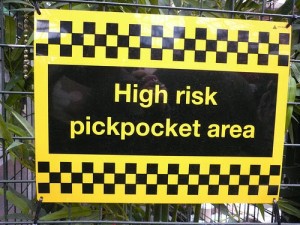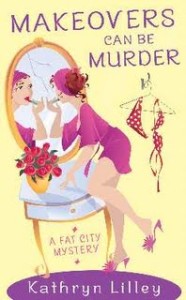By John Gilstrap
www.johngilstrap.com
I know that people read blogs for entertainment, and that as a writer, it’s my professional obligation to put fans’ needs ahead of my own. This week, though, I beg your forgiveness, because that’s not going to happen. This blog entry comes from a dark, dark place.
Eight years ago today, 2,980 people were murdered on a beautiful morning. According to WikiAnswers.com, 247 passengers were killed on hijacked airplanes, 2,595 workers were killed in the World Trade Centers, and 125 civilians and military personnel were murdered in the Pentagon. Officials estimate that 1,609 people lost their spouse or partner, and over 3,000 children lost parents. Nearly 6,000 mothers and fathers lost sons and daughters.
Ever stop to think about how horrible it must have been for the victims who’d been sentenced to death that day? Well, here’s a peek (be warned that it’s tough to listen to): http://tinyurl.com/yqdmjw
Does the video make you as angry as it makes me? Good God, those bastards bitch-slapped the most powerful nation on the planet. We should be acrimonious–shouldn’t we?
Well, apparently not. It seems that anger’s no longer cool. I recently heard a late night talk show host use 9/11 as a punch line in his monologue. Not this week, of course, because this is too near the anniversary, and that would be in bad taste. He didn’t mean to make light of the murders, I’m sure, but merely to score a cheap laugh by sticking a rhetorical finger in the eye of a politician. Sorry, some things will never be funny.
But humor eases pain, right?
I understand from educators and psychologists that the images of September 11 are too traumatic to be shown on television anymore. It’s not healthy to think about so much suffering, they say. I’ll defer to their expertise, but I don’t understand how we’re supposed to remember the dead if we don’t think about the plot and the people who murdered them.
And if we don’t remember the victims, how can we possibly remain vigilant? It depresses me that today’s seventh-graders likely have no concept of the trauma that the world endured on September 11, and it angers me that the world seems comfortable with that. Our children are not taught in school that bad people continue to lurk in terrorist cells planning their deaths, and yours, and mine. We teach them to fear garden-variety strangers, but not terrorists.
Is it possible that we’re just lazy? Anger is exhausting, after all, and fear is even more exhausting, so maybe it’s just human nature that we move on and try our best to forget; to let time do its thing to heal wounds. We can always remind ourselves of what it feels like if another attack comes, and then we can be angry again. We can even wave a few flags for a while.
You know, until it’s okay again to turn the tragedy into a punch line on late night television.

 you’ll probably never know which fifty percent.
you’ll probably never know which fifty percent.







